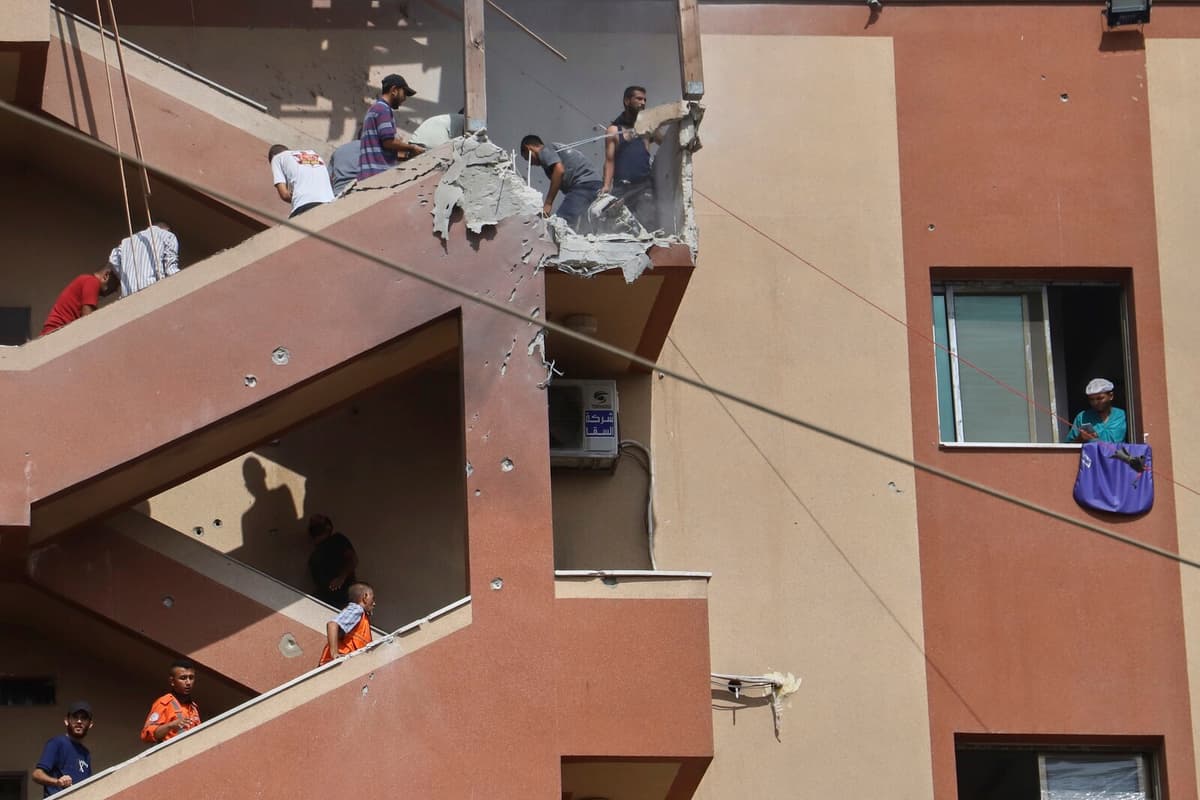At least 20 people were killed in Monday's high-profile attack, including rescue personnel and five journalists from among others Reuters, AP and Al Jazeera.
In video clips from the event, it can be seen how a projectile first hits the premises. About five minutes later, when rescue personnel and journalists were in the process of helping the victims, the second attack came, which is believed to be the one that killed the most.
This procedure is called a double attack, but according to CNN's mapping, the second attack consisted of two separate projectiles.
Right after each other
The review is based on a clip that shows when the projectiles hit the building. By slowing down the film sequence and looking at the image frame by frame, it can be seen how a third projectile appears in the picture right after the second, something that is not possible to discern at normal playback speed.
The media company has contacted the Israeli military, which does not want to comment.
NR Jenzen-Jones, head of the consulting firm Armament Research Services, tells CNN that the two last explosions are likely to come from an ammunition type used by some Israeli tanks.
That two projectiles strike almost exactly at the same moment suggests that two tanks may have fired at the same target at the same time. It's hard to know exactly what it means, but it could indicate a more clearly coordinated attack, says Jenzen-Jones.
Condemnations
Since the attack has been met with harsh criticism from the outside world, Israel's Prime Minister Benjamin Netanyahu went out on Monday evening and called it a "tragic accident".
On Tuesday, a day and a half after the incident, Israel's military claimed to have "discovered a camera placed by Hamas in the Nasser Hospital area and that the camera was used to monitor Israel's forces' activities - and to direct terrorist acts against them".
These allegations have in turn been rejected by Nasser Hospital.
The military, which also claims to have killed six "terrorists" in the attack, has so far not presented any basis for its claims.





